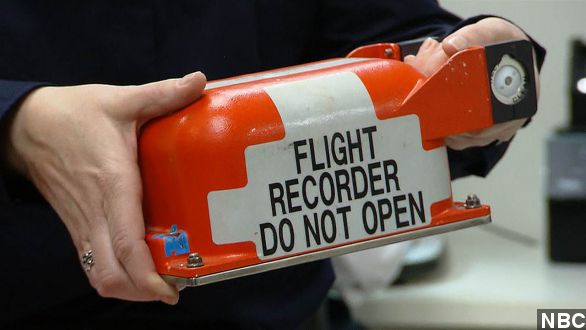As the search for missing Malaysia Airlines Flight 370 passes the five-week mark, the narrative remains unchanged: Investigators still don't know where the plane is, or what might have happened to it.
Sunday, officials expanded the search area for the jet, which disappeared with 239 people onboard while en route to Beijing from Kuala Lumpur March 8 — 36 days ago. (Via MSNBC)
Last week, an Australian search vessel picked up a series of electronic pings that provided a glimmer of hope to investigators who might finally close in on the resting place of the disappeared airliner. (Via ABC)
But now, the search has again gone cold. Investigators have not reported detecting any new underwater signals in the southern Indian Ocean for more than five days, stoking fears that the batteries powering the aircraft's black box flight recorders might have finally died. (Via CNN)
Now, none of the pings recorded over the last week can be confirmed as being from Flight 370's black boxes. However, officials said the electronic signal was consistent with the kind of pings flight recorders emit.
The beacons on Flight 370's two black boxes have an estimated battery life of 30 days, but the flight recorder's manufacturer believes they could potentially emit signals for days longer. (Via The Wall Street Journal)
Regardless, time is of the essence for the multinational search effort.
Many officials believe if they do not find the flight recorders, it is possible they will never solve the mystery surrounding the disappearance of Flight 370. (Via The Telegraph)
Eleven military aircraft, one civil aircraft and 14 ships were deployed to the expanded search area Sunday. A new estimate indicates the search has already cost more than $44 million total. At this pace, it is expected to become the most expensive recovery effort in aviation history.


